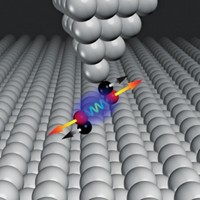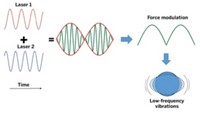Advertisement
Grab your lab coat. Let's get started
Welcome!
Welcome!
Create an account below to get 6 C&EN articles per month, receive newsletters and more - all free.
It seems this is your first time logging in online. Please enter the following information to continue.
As an ACS member you automatically get access to this site. All we need is few more details to create your reading experience.
Not you? Sign in with a different account.
Not you? Sign in with a different account.
ERROR 1
ERROR 1
ERROR 2
ERROR 2
ERROR 2
ERROR 2
ERROR 2
Password and Confirm password must match.
If you have an ACS member number, please enter it here so we can link this account to your membership. (optional)
ERROR 2
ACS values your privacy. By submitting your information, you are gaining access to C&EN and subscribing to our weekly newsletter. We use the information you provide to make your reading experience better, and we will never sell your data to third party members.
Biological Chemistry
Protease Flaps Give HIV Drugs The Slip
Mobility of gate-keeping molecular flaps could be key to antiviral drug resistance
by Carmen Drahl
January 5, 2009
| A version of this story appeared in
Volume 87, Issue 1

HIV-1's protease enzyme mutates to elude drugs that block its active site, but some mutations occur outside the active-site cavity and are not well understood. To picture how such mutations might lead to drug resistance, a team led by Gail E. Fanucci of the University of Florida and Carlos Simmerling of the State University of New York, Stony Brook, combined electron paramagnetic resonance (EPR) spectroscopy with molecular dynamics simulations (J. Am. Chem. Soc., DOI: 10.1021/ja807531v). Other teams have surmised that the mutations affect the mobility of two gate-keeping molecular flaps near the active site. To test that idea, Fanucci's team used EPR to measure how the distribution of distances between flaps changes in different drug-resistant HIV-1 proteases. Simmerling's team then built a computer model that jibed with the EPR data and provides a molecular view of how the proteases move around. The mutations alter the flaps' flexibility, possibly changing the way the gate engages inhibitors, the team says.




Join the conversation
Contact the reporter
Submit a Letter to the Editor for publication
Engage with us on Twitter